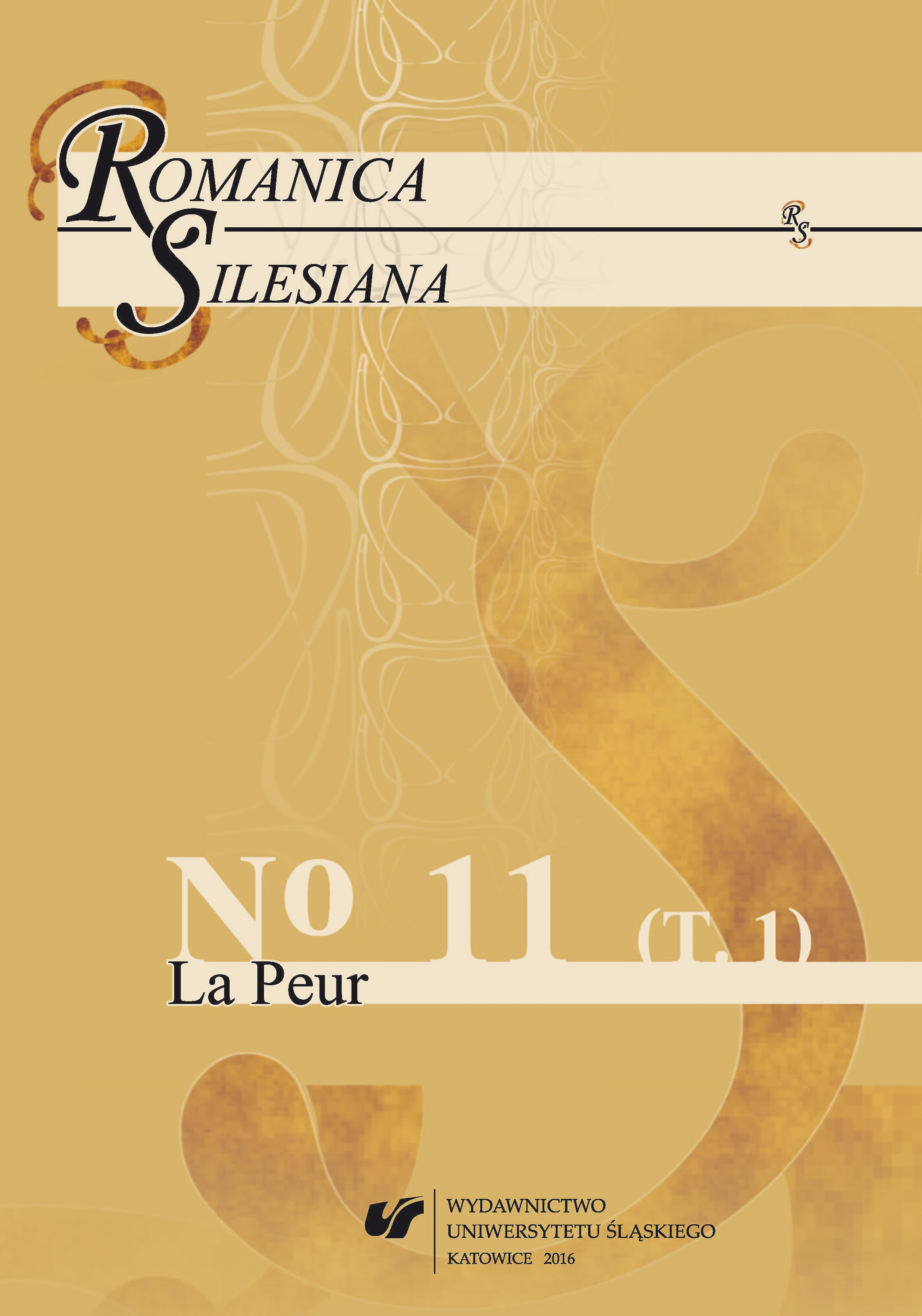La Folie au théâtre ou les peurs de la Belle Époque
Madness in theater or fears from the times of the Belle Époque
Author(s): Tomasz KaczmarekSubject(s): Theatre, Dance, Performing Arts, Language and Literature Studies, Studies of Literature, Comparative Study of Literature, French Literature, Theory of Literature
Published by: Wydawnictwo Uniwersytetu Śląskiego
Keywords: André de Lorde; Grand-Guignol; The French theater of Horror; fear; madness
Summary/Abstract: No one remembers today the achievements of the Grand‑Guignol theatre, the French theatre of Horror, which scared the Parisians through the first decades of 19th century. The appearance of the slasher movie contributed to the collapse of the theatre which was unable to compete with the new means of expression. However, cinema adopted a lot of techniques, which aimed at raising fear and panic among the viewers. The Author undertook the task of analyzing three plays, nowadays forgotten, of the most fruitful writer André de Lorde who specialized in dramas concerning the pure themes of madness. In “L’Homme mystérieux” the playwright presents the story of a man suffering from persecution mania who strangles his saviour, while “La Petite Roque”, written on the basis of Guy de Maupassant’s novel, describes the case of a mayor of one town in Normandy who killed a young virgin out of lust. “Invisibles”, on the other hand, is devoted to the agony of an old lady who was kept in mental asylum for 20 years. In each of the plays the Author of the article analyzes the mechanism employed by the writer in order to create the gradation of fear which is brought with mastery to paroxysm.
Journal: Romanica Silesiana
- Issue Year: 11/2016
- Issue No: 1
- Page Range: 198-206
- Page Count: 9
- Language: French

